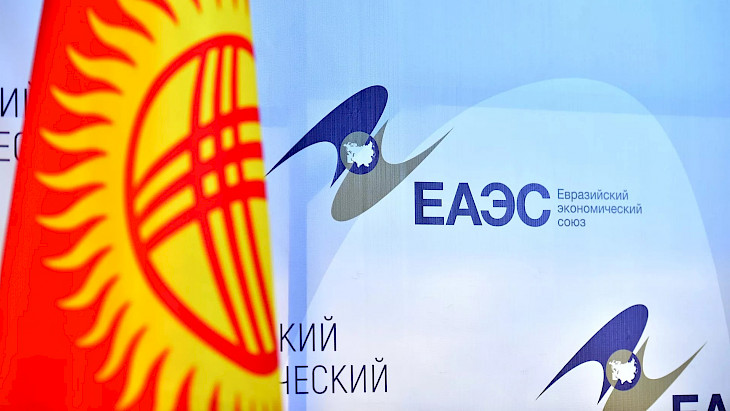Analysts from the Eurasian Development Bank (EDB) have assessed the industrial specialization and import dependence of regional economies, as well as the significance of mutual trade. The study identified key areas where the countries compete or hold potential for industrial cooperation, Eurasiatoday.ru reports.
The highest level of competition is observed in the extractive industries: coal production — between Kazakhstan, Kyrgyzstan, and Russia; oil and gas — between Kazakhstan, Russia, and Uzbekistan; and metal ores — between Armenia, Kyrgyzstan, Tajikistan, and, to a lesser extent, Kazakhstan.
In light industry, competition exists among producers of first-stage textile and leather goods (such as raw silk, wool, cotton fiber waste, and tanned leather) from Kyrgyzstan, Tajikistan, and Uzbekistan, as well as among cotton yarn manufacturers from Tajikistan and Uzbekistan.
Metallurgy remains the most overlapping sector of specialization. In the export of primary metals, Kazakhstan, Kyrgyzstan, Russia, Tajikistan, and Uzbekistan compete with each other. However, differences in the product range reduce direct competition: Kyrgyzstan focuses on gold, Tajikistan on aluminum, while Russia, Kazakhstan, and Uzbekistan specialize in copper.
According to the analysts, these trends open up new opportunities for deeper industrial cooperation and a more efficient distribution of production capacities within the Eurasian region.
CentralasianLight.org
October 17, 2025

